The end of 2015 was marked by a tightening of visa controls. The updated process of registration of an authorization document requires mandatory fingerprints. The fingerprint procedure for a Schengen visa, coupled with the new requirements for photography, is designed to provide reliable protection of personal data of citizens traveling abroad. In addition, the process of obtaining it is further simplified.
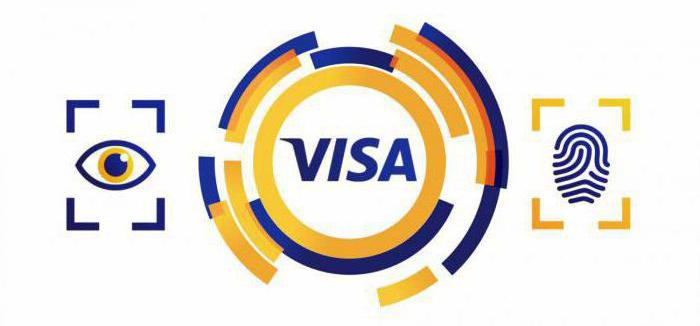
Biometric data: concept
This term refers to information embedded in every person by nature. These are individual features that belong to only one person, their repetition in another is completely excluded (for example, DNA molecules, retina, etc.).
Even BC people knew that fingerprints are unique to each person, later they were even used to sign important documents. In the 19th century patterns called papillary began to help establish the identities of the unknown.
Thus, the fingerprinting procedure for obtaining a Schengen visa virtually eliminates the possibility of fraud when crossing the borders of a foreign country and speeds up the process of passing through passport control.
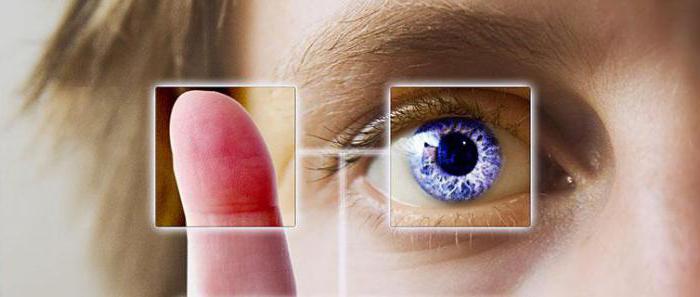
Reasons for Innovation
The need to submit biometric data is due to the creation of a Visa Information System, access to which is available at consulates and border control points. It stores the applicant’s unique data, information on border crossings and previously issued permits.
The goals of creating a VIS:
- improving the internal security of countries;
- Reducing the likelihood of fraudulent actions when submitting a package of documents
- improving the efficiency of border points;
- suppression of illegal movements in the territories of foreign countries.
In addition, the use of the system completely eliminates the possibility of situations when the applicant, after refusing to one consulate, can obtain a visa in another.
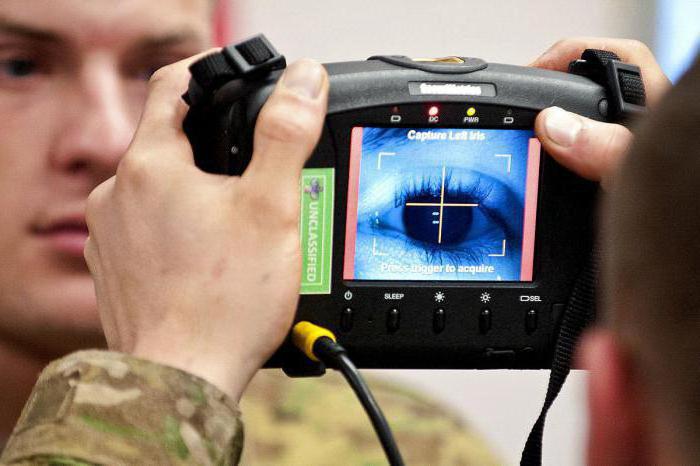
Pros and Cons of Innovation
For the applicant, the main advantage of the updated document processing process is the speed of decision making. The VIS contains all information about past trips, including the presence or absence of administrative or criminal violations of the current legislation of the countries included in the list of the Schengen Agreement. With a positive visa history, the document is issued faster. If violations have occurred, the tourist may for a long time be deprived of permission to enter the territory of foreign countries.
Previously, the offender could change his passport or contact another consulate or visa center. From now on, this maneuver is absolutely useless - biometric data is stored in the VIS.
A significant advantage of introducing digital photography and fingerprinting on a Schengen visa is that when you re-apply for a new document for 5 years, you do not need to re-submit unique information. They are automatically copied to the new dossier, which greatly simplifies the process.
The main drawback is the need for the applicant to be present in person at the consulate or visa center.
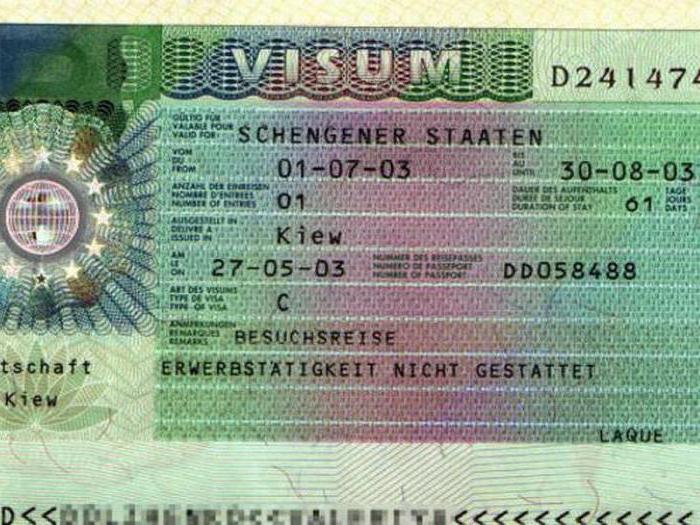
Who is required to take fingerprints?
According to the law, from September 14, 2015, anyone who wants to apply for a residence permit in a foreign country must undergo fingerprinting. Upon receipt of a Schengen visa, the data will already be entered into a single VIS information system, which will further facilitate the process of obtaining a new document. In addition, it will store data on the intersection of all borders, which will significantly increase their level of security.
Are there any exceptions?
Fingerprinting for a Schengen visa does not need to be done:
- Children under 12 years old.
- Heads of state, their spouses and members of delegations, if their trips are purely official.
- People who do not have all fingers or hands. The need for digital photography remains. If a person does not have several fingers, this fact is recorded in the questionnaire, after which all possible prints must be provided. Temporary damage is no exception. It is necessary to postpone the fingerprinting procedure until they are completely healed.
- Persons with a valid visa. Innovations take effect the next time you obtain a permit.
- People who already provided their biometric data earlier, no more than 5 years ago. It is during this period that the fingerprints and digital photographs are stored in the Visa Information System, after which they need to be updated.
However, consulates and visa centers reserve the right to require fingerprinting from any person. The absolute exception is only people with disabilities.
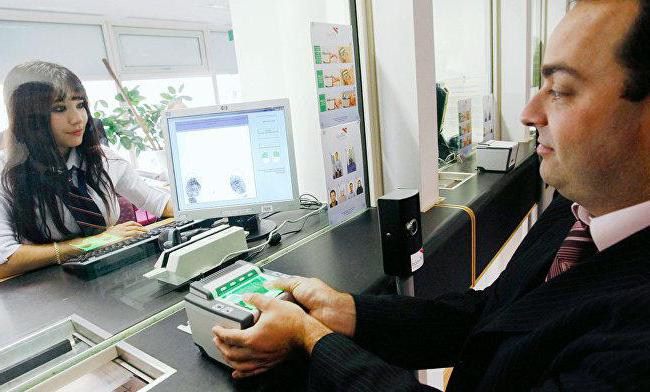
Fingerprinting - Features
Contrary to popular belief, the process of fingerprinting on a Schengen visa does not involve the use of chemicals and powders used in the field of forensics. The procedure is carried out using a modern device - the tourist's hands remain clean.
The fingerprinting algorithm is as follows:
- the applicant applies 4 fingers of one hand to the working surface of the equipment, then the other, or each individually;
- after that there is a simultaneous scanning of the thumbs of both hands;
- the information instantly enters the VIS.
The procedure together with the briefing takes no more than 5 minutes.
The same scanners are installed at checkpoints. When a finger is applied to the equipment, the traveler’s personal information is extracted from the database, which simplifies passport control.
Where to print?
At the initial execution of the document or after the expiration of a 5-year statute of limitations of biometric data, the applicant must be present in person at the consulates or visa centers.
To date, not one tour operator has the right to collect fingerprints of customers to issue permits. In this regard, the question of where to take fingerprints on a Schengen visa is an acute one. The applicant is forced to attend the mission in person, even if geographically it is located far from the region of his residence.
The list of cities where fingerprinting for a Schengen visa is possible (it should be specified whether they have consulates of the necessary countries):
- Moscow. Residents of the capital do not need to travel beyond its borders. In the city there are 145 representative offices of other countries.
- St. Petersburg. Visas are handled by 56 consulates and visa centers.
- Ekaterinburg (26).
- Vladivostok (20).
- Kaliningrad (11).
- Kazan (9).
- Nizhny Novgorod (8).
- Novosibirsk (8).
- Rostov-on-Don (7).
- Krasnodar (6).
- Irkutsk (5).
- Astrakhan (4).
- Murmansk (4).
- Sochi (4).
- Khabarovsk (4).
- Novorossiysk (3).
- Yuzhno-Sakhalinsk (3).

In several cities, there are 1-2 consulates.
The largest number of representative offices operating in the Russian Federation are countries:
- Republic of Belarus.
- Italy.
- Slovakia;
- Germany.
- Mongolia.
- France.
- China.
- South Korea.
Mobile fingerprinting
Some countries provide tourists with the opportunity to undergo fingerprinting on a Schengen visa without having to personally visit the consulate by the applicant. The service is paid, its minimum cost is 150 euros.
The bottom line is this: a tourist leaves an application online, after which, at the agreed time, an employee of the necessary consulate or visa center comes to him and uses a portable scanner to take fingerprints.For example, it is necessary to undergo fingerprinting on a Schengen visa to Greece. You need to register on the website of their consulate. An authorized employee at a meeting accepts a package of documents and takes biometric data. After the visa is ready, he will make sure that it is delivered to the addressee.
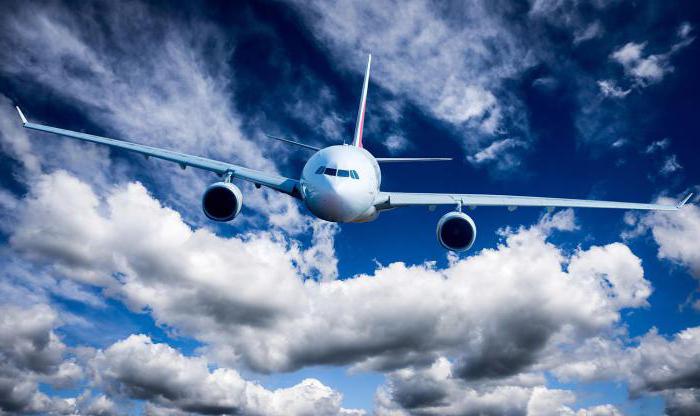
Finally
The innovation is designed to protect the personal data of tourists as much as possible and ensure the internal security of countries. In addition, the fingerprint procedure greatly simplifies the process of obtaining a document - the decision is made faster. Visa Information System stores information for 5 years, after which prints and photos need to be updated. The only drawback of the innovation is the need for a personal presence at the consulate. But now, for an additional fee, some countries provide mobile fingerprinting services.